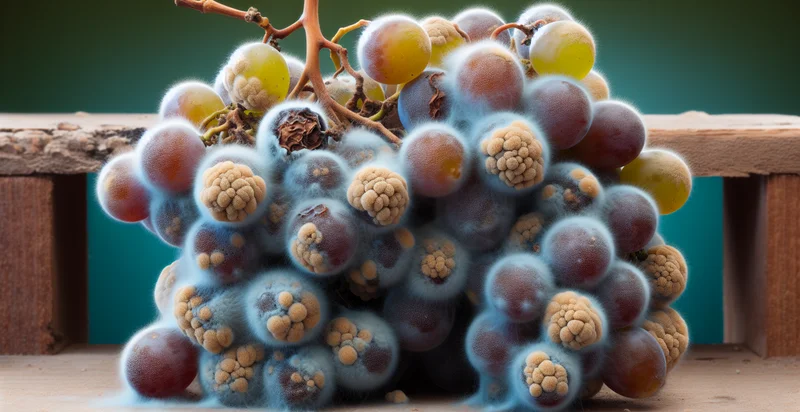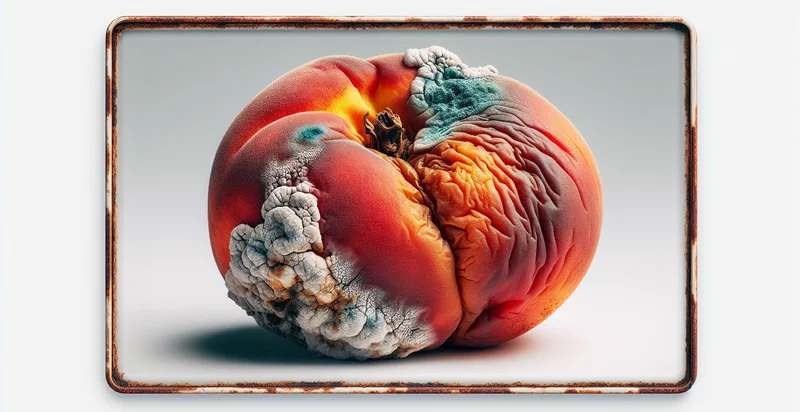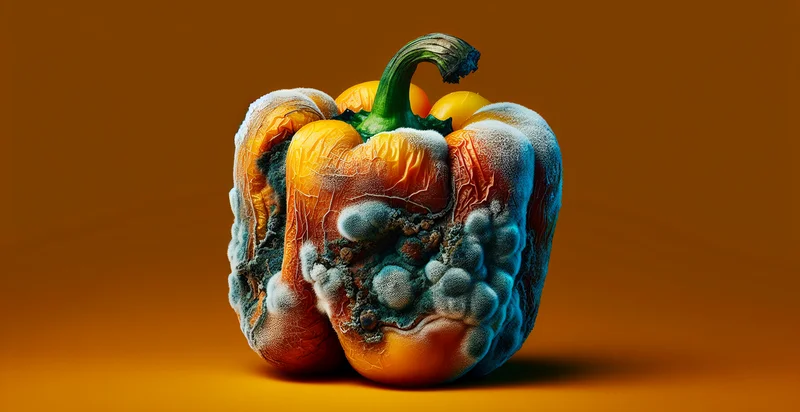Identify if grapes are rotten
using AI
Below is a free classifier to identify if grapes are rotten. Just upload your image, and our AI will predict if the grapes are rotten - in just seconds.

Contact us for API access
Or, use Nyckel to build highly-accurate custom classifiers in just minutes. No PhD required.
Get started
import nyckel
credentials = nyckel.Credentials("YOUR_CLIENT_ID", "YOUR_CLIENT_SECRET")
nyckel.invoke("if-grapes-are-rotten", "your_image_url", credentials)
fetch('https://www.nyckel.com/v1/functions/if-grapes-are-rotten/invoke', {
method: 'POST',
headers: {
'Authorization': 'Bearer ' + 'YOUR_BEARER_TOKEN',
'Content-Type': 'application/json',
},
body: JSON.stringify(
{"data": "your_image_url"}
)
})
.then(response => response.json())
.then(data => console.log(data));
curl -X POST \
-H "Content-Type: application/json" \
-H "Authorization: Bearer YOUR_BEARER_TOKEN" \
-d '{"data": "your_image_url"}' \
https://www.nyckel.com/v1/functions/if-grapes-are-rotten/invoke
How this classifier works
To start, upload your image. Our AI tool will then predict if the grapes are rotten.
This pretrained image model uses a Nyckel-created dataset and has 2 labels, including Grapes Are Fresh and Grapes Are Rotten.
We'll also show a confidence score (the higher the number, the more confident the AI model is around if the grapes are rotten).
Whether you're just curious or building if grapes are rotten detection into your application, we hope our classifier proves helpful.
Related Classifiers
Need to identify if grapes are rotten at scale?
Get API or Zapier access to this classifier for free. It's perfect for:
- Quality Control in Agriculture: This use case involves using the grape rot identifier in vineyards and packing facilities. It enables producers to quickly assess the quality of grapes, ensuring that only healthy fruit is harvested and packaged, thereby reducing waste and improving product standards.
- Automated Sorting Systems: The identifier can be integrated into sorting machines at food processing plants. By automatically detecting rotten grapes, these systems can effectively separate spoiled fruit from fresh ones, enhancing efficiency and lowering labor costs.
- Supply Chain Management: Distributors and retailers can use the identification system to monitor the quality of grapes before they reach consumers. By identifying rotten grapes early in the supply chain, businesses can take corrective actions, ensuring fresher products reach the market.
- Food Safety Compliance: Regulatory bodies and food safety inspectors can leverage the rotten grapes identifier during inspections. By quickly detecting compromised grapes, they can ensure compliance with health standards and reduce the risk of foodborne illnesses.
- Consumer Apps for Freshness Monitoring: The identification technology can be incorporated into consumer-facing applications, allowing users to scan their grapes before consumption. This empowers consumers with real-time freshness data, helping them make informed choices about what to eat.
- Restaurant Inventory Management: Restaurants can implement the identifier to monitor the freshness of grapes in their inventory. The system can alert staff to any rotting produce, allowing for better inventory management and minimizing food waste.
- Precision Agriculture: Farmers can utilize the grape rot identifier in conjunction with drones or field sensors. By pinpointing areas of rotten grapes within vineyards, they can target interventions more effectively, reducing pesticide use and improving overall grape health through precision agriculture practices.


